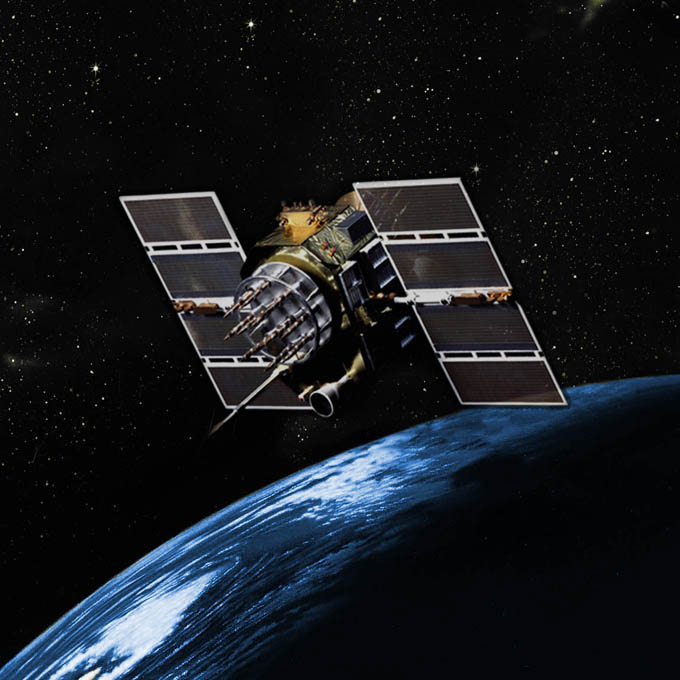
CAPE CANAVERAL — A pair of long-lived Global Positioning System satellites launched two decades ago recently went to graveyard orbits and were turned off, their missions at an end.
The GPS 2A-20 and GPS 2A-26 satellites, deployed by Delta 2 rockets from Cape Canaveral on May 12, 1993 and July 15, 1996, respectively, were formally retired in March after far exceeding 7.5-year design lives.
Both craft had been taken out of the operational GPS constellation when their replacements launched but remained in backup status if called upon.
But GPS 2A-20 had an unmovable solar array and no longer generated enough power and GPS 2A-26 experienced ineffective reaction wheels needed for stabilization.
“We take these disposal operations seriously as we understand exactly what is at stake here, and that is the health and safety of the operational vehicles and their ability to deliver space effects to our customers down range. Cleaning up the constellation reduces risk to the overall GPS mission,” said Maj. Roland Rainey, 2nd Space Operations Squadron director of operations at Schriever Air Force Base in Colorado.
The satellites did not have sufficient fuel reserves to be de-orbited and removed from space. Instead, they used what fuel they did have to increase their altitudes by about 600 miles above the GPS constellation.
Once in the graveyard, the craft were commanded to the safest possible configuration with fuel tanks emptied, batteries unable to hold a charge and placed in a spin-stabilized attitude.
Troops use GPS on land, at sea and in the air to provide precision, day or night, all-weather guidance and timing for aircraft, ships, tanks and smart-bombs.
GPS also plays an integral part in the lives of billions of civilian users around the world, a tangible connection between the common man and the practical benefits of space.
The navigation signals help you find your way, keep outdoorsmen from getting lost, farmers to cultivate their fields with precision agriculture and give exact timing accuracy for everything from bank ATMs to credit card machines at the gas pump.
The Air Force just completed launching a batch of 12 modernized GPS satellites between 2010 and this past February.
There are 31 operational GPS satellites today, flying 12,700 statute miles miles above the Earth in orbits inclined 55 degrees to the equator.
